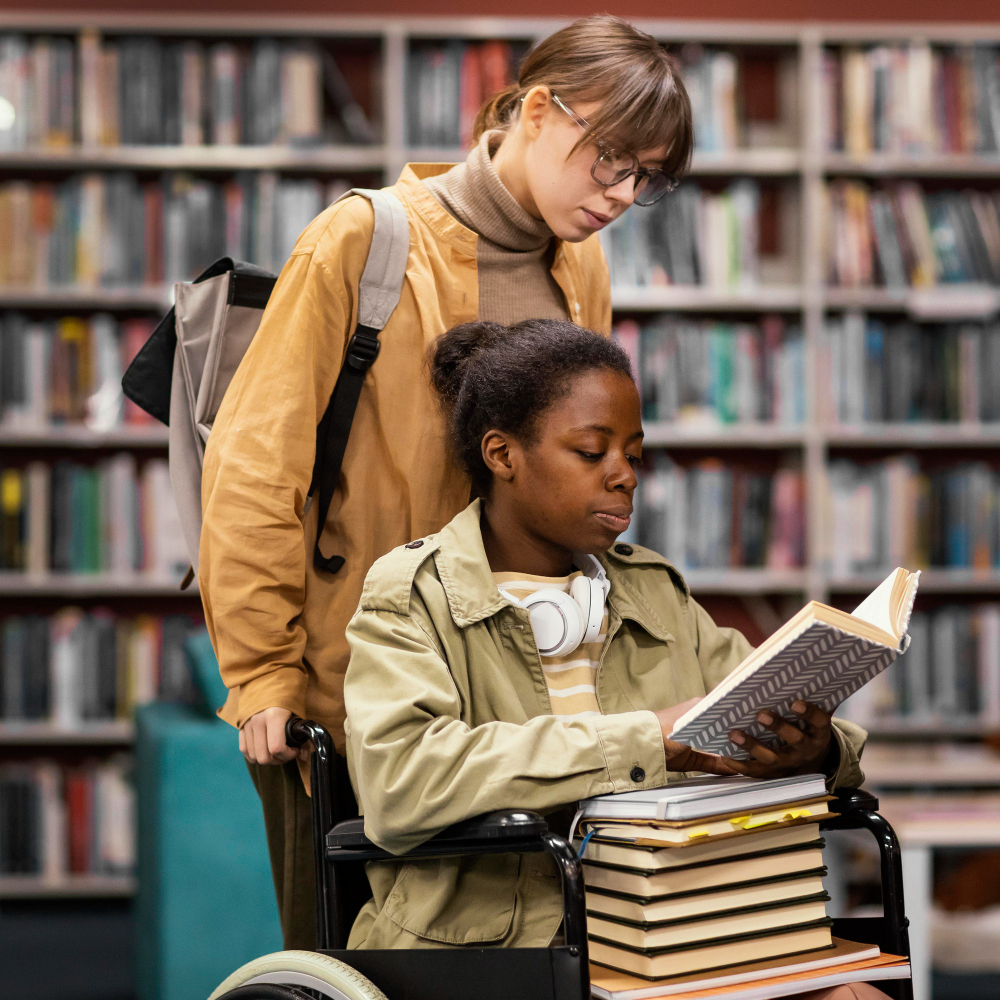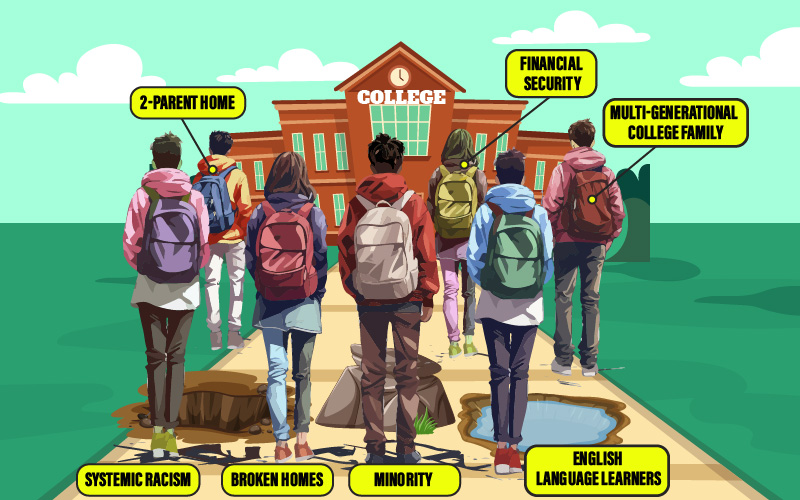Education is a gateway to opportunity, growth, and personal fulfillment. However, for students with special needs, traditional learning environments can pose unique challenges that may hinder their potential. Special education accommodations are not just practical adjustments; they are essential components of an inclusive education system that recognizes and values the diverse needs of every learner.
Understanding Special Education Accommodations
Special education accommodations are strategies and resources tailored to help students with disabilities fully participate in learning. Unlike modifications that change the curriculum or lower academic standards, accommodations adapt how content is delivered or assessed to ensure equal access. They honor the capabilities of students while supporting their individual needs.
Imagine a student with a reading disability who struggles to complete a test within the allotted time. Instead of reducing the content or expectations, an accommodation might grant extra time, allowing the student to show what they truly know without the pressure of a time constraint. This is the essence of accommodations: creating fairness, not lowering the bar.
Types of Accommodations
- Classroom Environment Adjustments: Preferential seating is a common example. For a student who is easily distracted, sitting near the teacher or away from windows can make a significant difference. It ensures a focused learning environment where the student can engage with fewer disruptions.
- Instructional Techniques: Teachers might need to modify how lessons are presented. For instance, visual learners may benefit from charts and diagrams, while auditory learners might need oral explanations. Written instructions paired with visual aids can be effective for students who struggle with traditional teaching methods.
- Assistive Technology: In a world where technology has revolutionized learning, assistive tools have become indispensable for special education. Text-to-speech software helps students with reading disabilities access written content, while apps that convert speech to text assist those with writing difficulties. These innovations bridge the gap between students and the curriculum.
- Assessment Adjustments: Tests and quizzes can be daunting for students with learning challenges. Allowing extra time or providing a quiet room for assessments can alleviate anxiety and allow students to perform at their best. Other options include offering oral responses instead of written ones or breaking lengthy assignments into smaller, manageable parts.
- Breaks and Flexible Schedules: For students who struggle to stay attentive, short breaks during lessons can be game-changers. Movement breaks or time to reset can help students regain focus and absorb more from the lesson.
The Significance of Accommodations
The impact of accommodations goes beyond academics. They promote equity by ensuring students with disabilities have the same opportunities as their peers to engage and excel. This sense of fairness not only levels the playing field but also fosters a sense of belonging and self-worth.
When students feel understood and supported, their confidence soars. Participation becomes less intimidating, and they are more likely to take initiative, ask questions, and contribute to discussions. This boost in self-esteem can lead to more meaningful academic and social experiences, creating a positive feedback loop of success and motivation.
Moreover, accommodations can significantly improve learning outcomes. When teaching strategies align with a student’s learning needs, comprehension and retention rates increase. For instance, a student with auditory processing issues may grasp a concept better if it is visually represented, leading to a deeper understanding.
Implementing Accommodations Effectively
Successful accommodations require collaboration, customization, and constant communication. The development of an Individualized Education Plan (IEP) is a crucial starting point. This legal document outlines the specific accommodations a student needs and sets clear goals for progress. Regular meetings between educators, parents, and specialists ensure that the plan remains relevant and effective as the student evolves.
Teacher training is also vital. Educators must be equipped with strategies and tools to support their students. Professional development sessions can provide insights into the latest assistive technologies and teaching methodologies, fostering an inclusive atmosphere.
Consistent communication with families is equally important. Parents and guardians offer valuable insights into what works best for their child, while teachers can share observations from the classroom. This ongoing dialogue helps tailor accommodations to meet the student’s changing needs.
Overcoming Challenges
While the benefits of accommodations are undeniable, implementation is not without obstacles. Schools often face budget constraints that limit access to essential resources. However, advocacy and grant opportunities can be explored to fund these needs. Teachers may also struggle with large class sizes, making individual accommodations more challenging to manage. Creative classroom management and support from teaching assistants can help alleviate this burden.
There is also a need to shift perceptions. Accommodations should not be viewed as “special treatment” but as necessary support to ensure all students can succeed. This mindset fosters a culture of understanding and empathy within school communities.
Conclusion
Special education accommodations are the foundation of inclusive education. They empower students with disabilities to learn, grow, and contribute meaningfully to their school environments. By recognizing and addressing each student’s unique needs, we unlock potential and inspire possibilities that might have otherwise gone unrealized. In a world where every child deserves the opportunity to thrive, accommodations are not just adjustments—they are a commitment to equity and excellence in education.




Special education accommodations make a world of difference for so many students. It’s heartening to see schools making efforts to meet diverse learning needs, but there’s always more work to be done to ensure every student feels supported and included.